Extended reality (XR) serves as an all-encompassing term, integrating virtual reality (VR), augmented reality (AR), and mixed reality (MR) into a seamless technological landscape. Each of these components offers distinct experiences and functionalities, catering to diverse user needs and applications. Virtual reality (VR) propels users into computer-generated, simulated environments, achieved by donning a VR headset. This immersive experience completely replaces the observer’s real-world view, fostering an unparalleled sense of presence and interaction within the virtual surroundings.
Conversely, augmented reality (AR) enhances the real world by superimposing digital objects or information onto it. AR applications frequently run on smartphones and devices equipped with cameras, capturing the actual environment while integrating virtual elements. These virtual additions encompass anything from 3D models to informative overlays, offering users an enriched experience that retains their connection to reality. In traditional AR, virtual objects lack direct interaction or feedback from the real world.
However, advancements in cyber-physical systems and artificial intelligence have given rise to mixed reality (MR), a more sophisticated form of AR. MR seamlessly blends virtual and real worlds, enabling virtual objects to perceive and interact with the actual environment and vice versa. This interplay opens up thrilling possibilities for collaborative experiences, training simulations with real-world feedback, and complex industrial applications.
Recent releases of XR hardware and innovative platforms by tech giants like Apple, Google, and Microsoft signal a promising future for XR. Continuous advancements in XR technology are expected to yield significant breakthroughs and novel applications across various industries.
To illuminate the remarkable contributions of XR in different sectors, let’s delve into a brief review of some successful industries and start-ups currently leveraging XR:
Industry review
MediView XR: MediView XR is a MedTech company developing augmented reality x-ray vision for surgery, remote collaboration, and data-based insights. Their goal is to enhance surgical navigation and improve patient care by leveraging the power of MR technology. By combining augmented reality, telecollaboration, and data-driven insights, MediView XR aims to create new gold standards for diagnostic imaging and surgical navigation. Their technologies have the potential to revolutionize how surgeries are performed, leading to more precise and effective procedures.
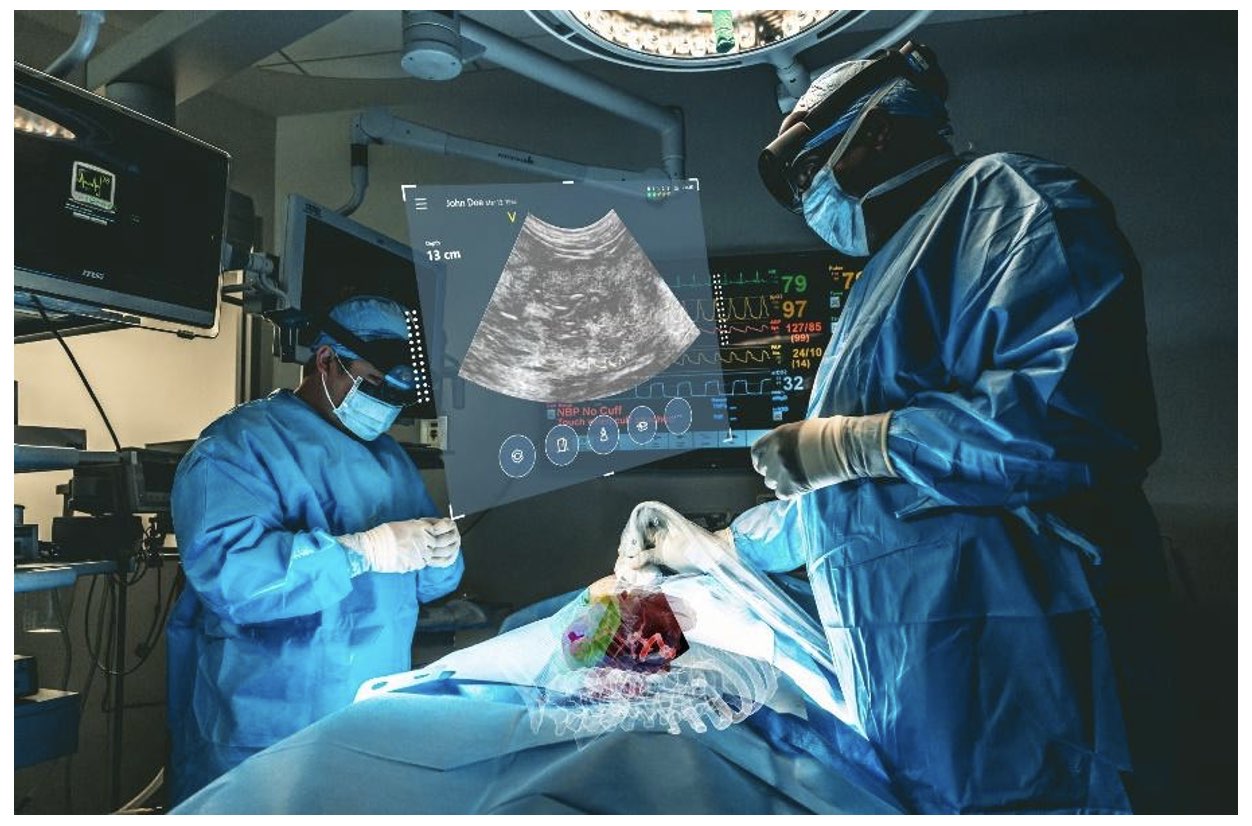
AVATAR MEDICAL™: AVATAR MEDICAL™ is a startup focused on improving the preparation of surgeries through their VR medical images solution. They generate 3D patient avatars that help surgeons visualize medical images, assess surgical options, train fellows, and engage patients. Founded in 2020 by a team of entrepreneurs, physicists, engineers, and surgeons, AVATAR MEDICAL™ aims to enable shorter, safer, and less invasive surgeries. Their VR solution provides surgeons with an ultra-fluid, photo-realistic representation of patients’ medical images, allowing for better preparation and interaction with the surgical procedure.
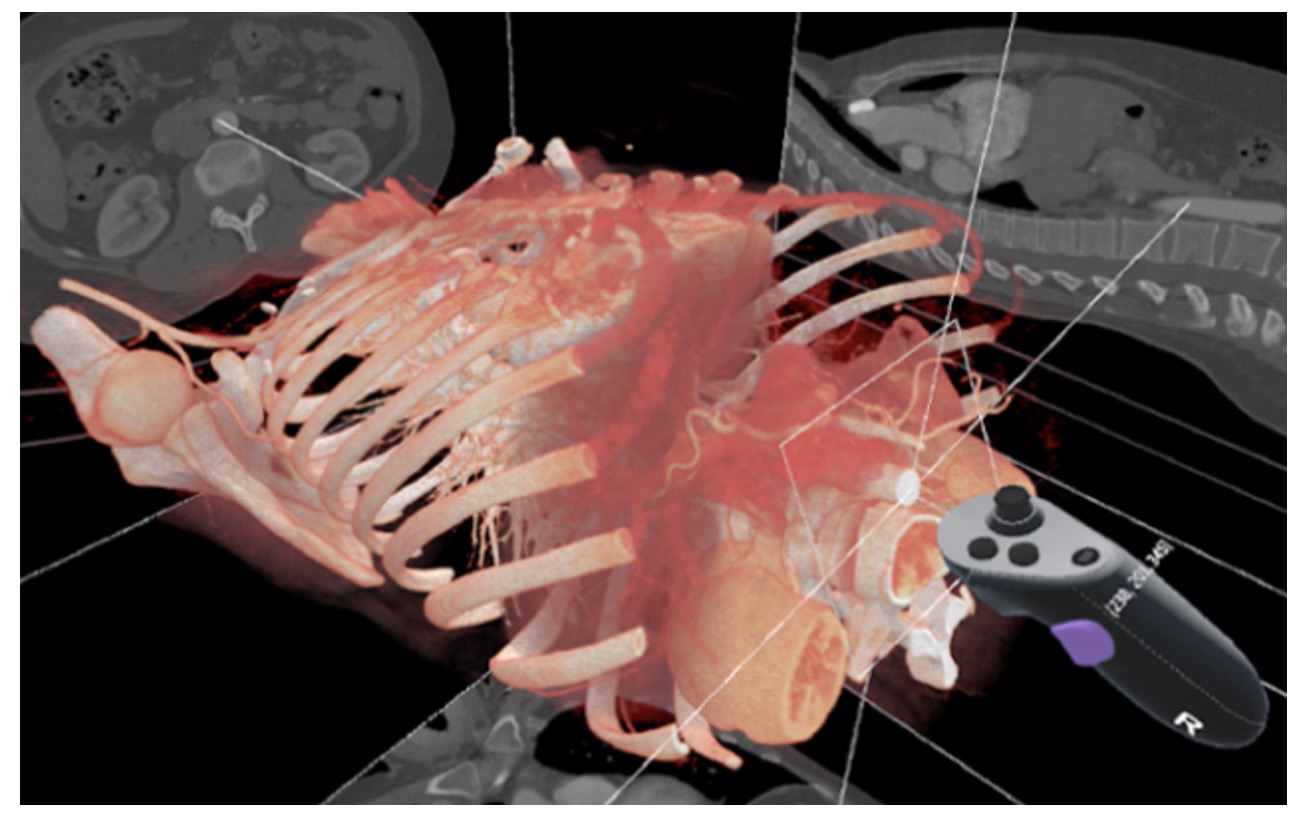
AppliedVR: AppliedVR focuses on using VR to treat chronic pain. Their platform, RelieVRx, provides immersive, distraction-based therapy sessions that help reduce pain and improve patient functionality. AppliedVR aims to provide a non-pharmacological approach to managing chronic pain by creating engaging and immersive environments.
FitXR: FitXR offers a VR-based fitness platform that provides users with immersive workout experiences. Their platform allows users to exercise in virtual environments such as a boxing ring, dance studio, or forest. By combining fitness and virtual reality, FitXR aims to make workouts more engaging and enjoyable, promoting an active and healthy lifestyle.
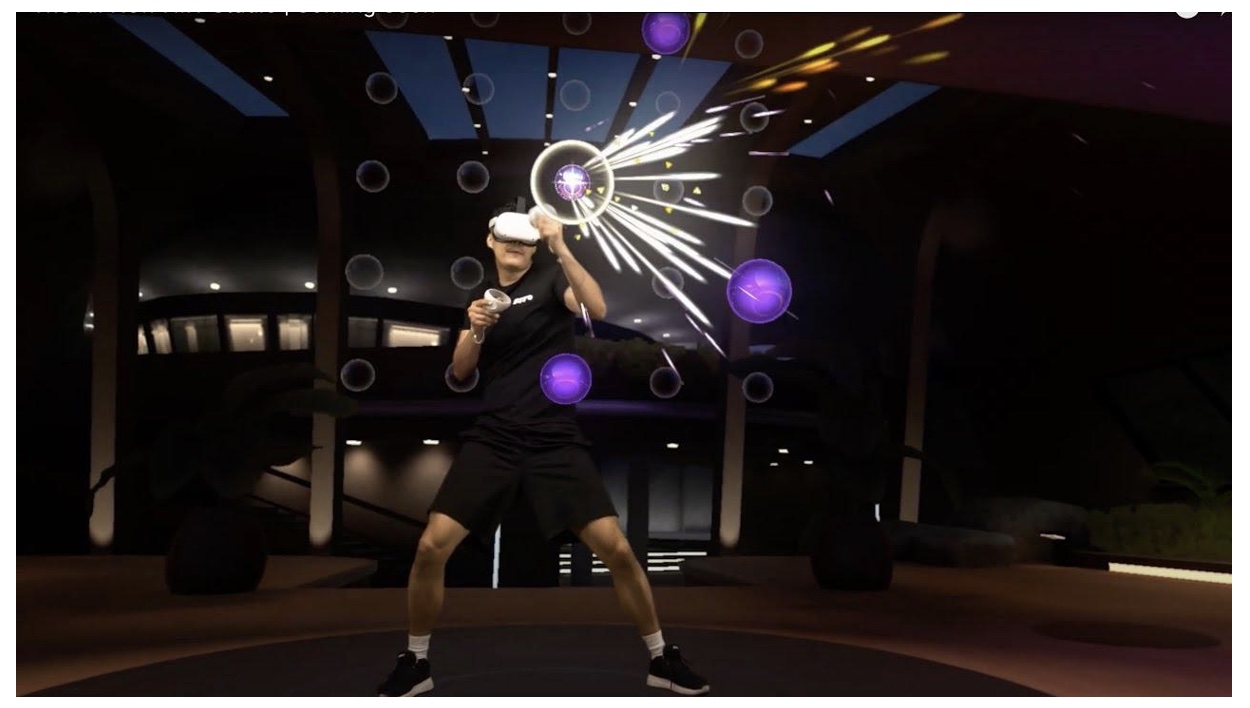
FundamentalVR: FundamentalVR develops VR training tools for surgeons with their FundamentalVR Surgical Trainer platform. Surgeons can practice procedures in a virtual environment, allowing them to refine their skills and gain confidence without putting real patients at risk. By leveraging VR, FundamentalVR aims to enhance surgical training and improve patient safety.
MindMaze: MindMaze develops VR-based rehabilitation tools with their MindMaze VR Rehabilitation platform. This platform enables patients to undergo physical therapy in a virtual environment, which can aid in improving their range of motion and strength. By merging VR and rehabilitation, MindMaze aims to enhance the recovery process and optimize patient outcomes.
Immersive VR Education: Immersive VR Education aims to provide fully immersive virtual reality education experiences to educate students of all ages. Their advanced virtual reality platform is designed for professionals, event organizers, educators, and corporations to build their own virtual worlds and provide metaverse services directly to their clients. By leveraging MR technology, Immersive VR Education opens up new possibilities for interactive and engaging educational content, allowing students to learn in a more immersive and interactive manner.
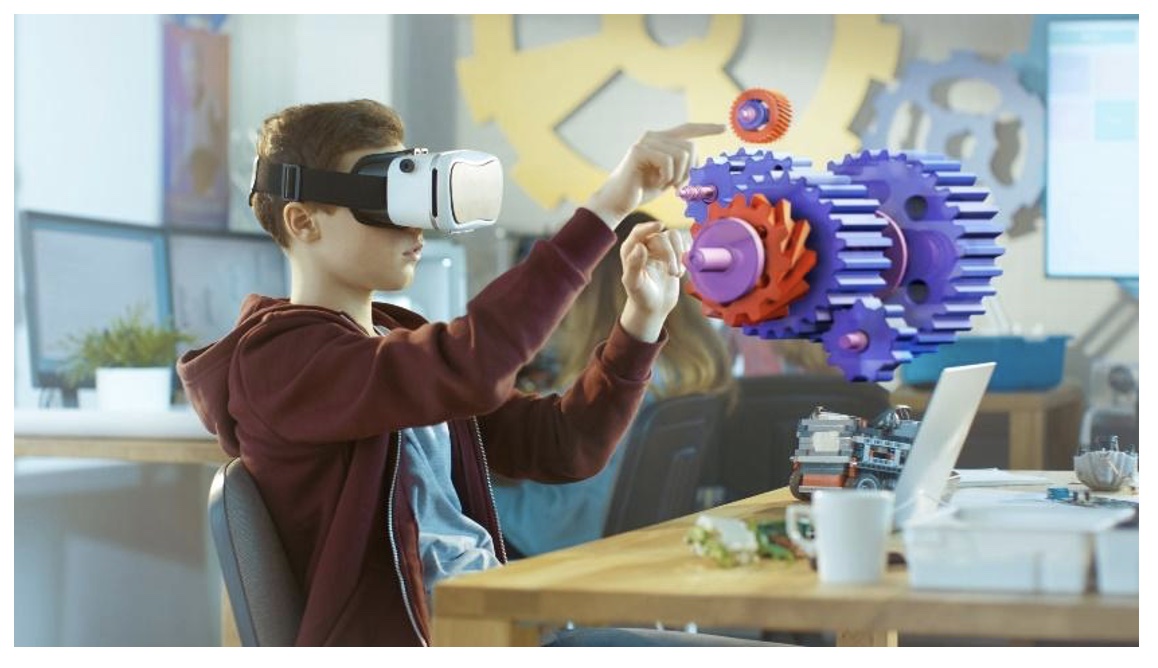
Bodyswaps: Bodyswaps offers VR training for soft skills development. Soft skills, such as communication, collaboration, and leadership, are in high demand but can be challenging to learn and master. Bodyswaps provides immersive off-the-shelf experiences in virtual reality, PC, and mobile platforms to help learners develop vital soft skills. Their training platform creates a safe space for learners to practice and demonstrate empathy, receiving personalized feedback on their responses. Bodyswaps’ engaging VR training environments prepare learners for the challenges of the modern world, fostering personal growth and skill development.
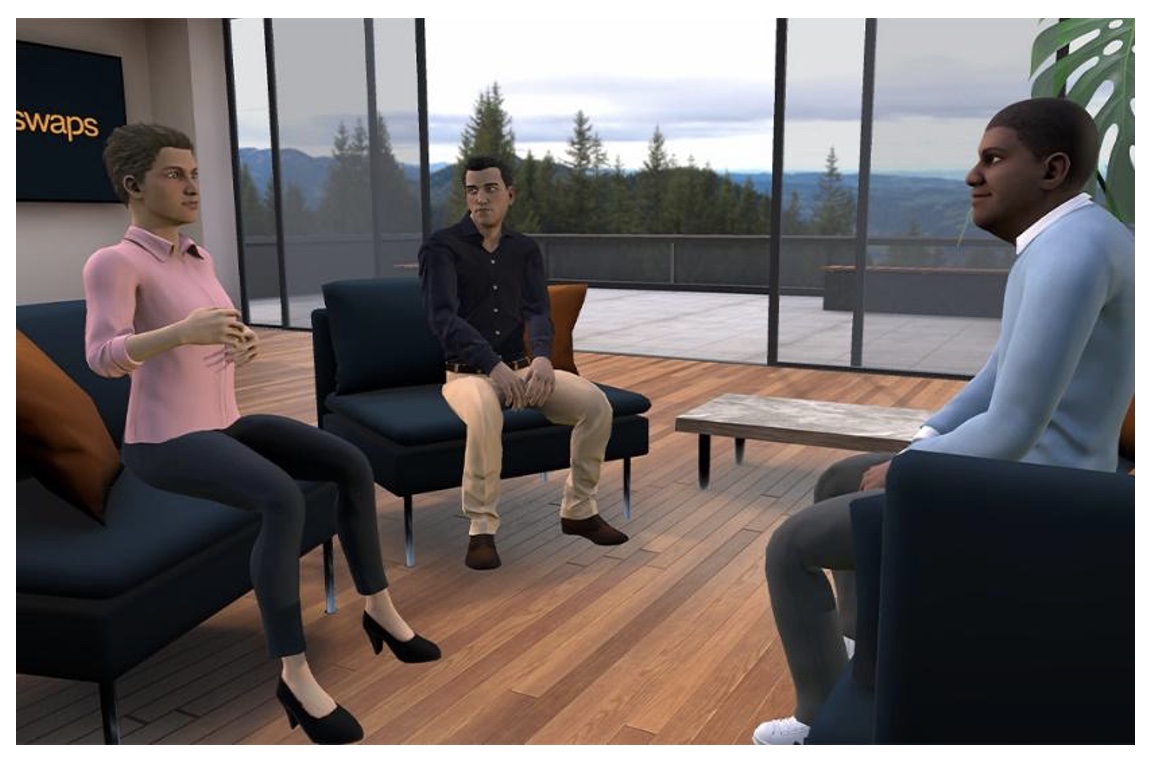
HaptX: HaptX is a startup that develops haptic gloves for providing realistic touch feedback in VR. Their haptic gloves allow users to feel and interact with virtual objects, adding a tactile dimension to the immersive experience. Universities and companies are using HaptX gloves to develop VR training applications, enabling users to engage in realistic simulations that involve touch and manipulation of virtual objects.
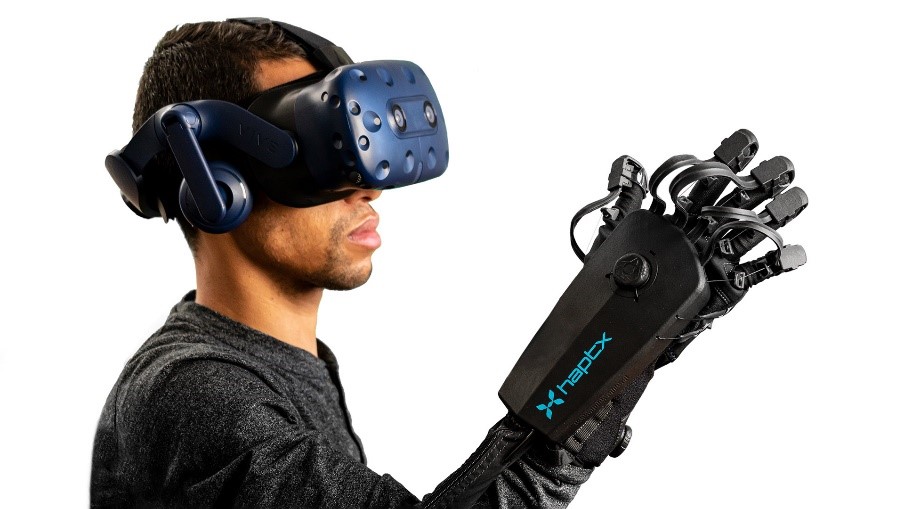
ClassVR: ClassVR provides VR headsets and educational content designed for schools. Their VR headsets are tailored for classroom use, and their content is aligned with the national curriculum. ClassVR empowers teachers to create immersive and interactive learning experiences for students, allowing them to explore virtual environments, visit historical landmarks, and engage with educational content in a new and captivating way.
CareAR: CareAR, a leading software firm, specializes in delivering cutting-edge AR solutions tailored for field service and support. Their innovative platform empowers remote experts to offer real-time visual guidance and support to on-site technicians, significantly expediting issue resolution and enhancing overall efficiency. Furthermore, CareAR’s versatile platform finds application in remote training and preventive maintenance endeavors, providing a comprehensive solution for various operational needs.
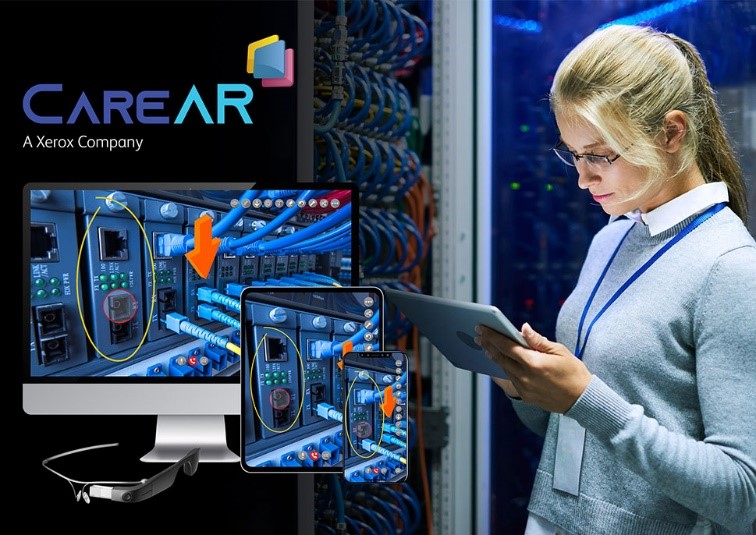
Conclusion
The rapid advancement of XR technologies has led to a growing number of companies across various sectors embracing its potential. Notably, the healthcare industry is experiencing remarkable transformations as XR becomes an integral part of health services. By overlaying anatomy onto the real world and providing additional information during surgical procedures, XR enhances surgical experiences and improves patient outcomes. Furthermore, it facilitates psychological therapy for individuals facing mental and social challenges and promotes group workouts for enhanced fitness experiences.
Education also benefits from XR, as students eager to embrace new technologies enjoy enriched virtual classroom interactions. With the advancement of cyber-physical systems, the application of XR hardware becomes even more comprehensive, empowering manufacturing machines to provide operators with vital information, leading to improved product quality.
Based on the reviewed companies, several opportunities lie ahead in the future. Enhancing accuracy and fluency remains a constant need to create genuinely effective cyber-physical surgical and industrial applications. Cost is also a concern, and addressing this aspect will be crucial to achieving broader adoption of XR technologies.
Integration of AI in XR applications holds great potential to enhance communication and vision identification significantly. Ensuring AR functions rapidly and in real-time still poses a challenge that requires continued efforts. While promising, VR communication lacks emotional interactions, and advancements in emotional AI will undoubtedly enrich communication experiences. Improving feedback from hand interactions and enhancing interactions with the real environment should also be prioritized.
XR and its applications are still in their initial stages, with vast opportunities expected to emerge in the future as these challenges are addressed. The potential for XR to foster collaboration among different companies, improve healthcare services, and enhance educational experiences is immense. As giant companies continue to harness the potential of XR and invest in enabling hardware and platforms, we can anticipate groundbreaking revolutions in various fields in the near future. XR technology is poised to redefine industries, paving the way for remarkable advancements and new possibilities that will shape the future of our society and industry as we know it.
About the author
A new revolution is stirring in the realm of industry, ready to disrupt traditional manufacturing processes and redefine the lines between the physical and digital worlds. As the forerunner of this transformation, Mahmoodreza Forootan, a seasoned engineer and scientist, stands at the precipice of innovation, harnessing the power of Spatial Computing with Vision Pro to redefine the future.
Forootan’s intellectual journey begins at the University of Kashan, where he made waves as an undergraduate, emerging first in his Mechanical Engineering department. Propelled by this early success, he ranked impressively in nationwide entrance examinations for both Master’s and Ph.D. programs in mechanical engineering. His academic prowess secured him a coveted spot at the Sharif University of Technology, renowned for its rigorous engineering curriculum.
The epitome of Forootan’s expertise came to light during his Ph.D. research. With an unwavering focus on advanced technologies, he designed a revolutionary digital twin system, a harmonious blend of a physical three-axis milling machine and a virtual counterpart integrated into the Unity game engine. This system isn’t merely an academic spectacle; it’s a potential game-changer for manufacturing systems worldwide.
The digital twin system does more than visualize the manufacturing process—it revolutionizes it. The system allows real-time observation of milling operations and implements a novel geometric approach for calculating forces, all in real time. Not one to rest on his laurels, Forootan took this innovation a step further, introducing an AI methodology to dynamically update the force system, optimizing precision and efficiency.
Forootan’s research vision sees beyond the virtual interface—it leaps into the realm of augmented reality. Powered by AR, the digital twin system has the potential to seamlessly blend the physical and the virtual, unlocking enhanced comprehension of manufacturing processes and superior control over milling operations.
From academia to industry, Forootan’s expertise stretches across domains. His prowess in designing and fabricating intricate locomotive components is exemplified by the BFC locomotive brake project’s successful completion. In addition, he deftly managed the process’s intricacies, ensuring the highest quality standards and strict compliance with safety regulations.
But his innovation didn’t stop there. Recognizing the necessity of robust validation, Forootan developed a state-of-the-art test bench tailored for the fabricated BFC locomotive brake, replicating real-world conditions to evaluate the brake assembly’s performance and safety.
Bridging his academic accomplishments and professional achievements is a remarkable feat—the Intrepreneurship and Innovation Bootcamp at Berkeley University. Forootan’s selection for this prestigious program in 2023 further validates his commitment to driving innovation and fostering entrepreneurship in the industrial space.
Overcoming obstacles has been a consistent theme in Forootan’s journey. Whether navigating the complexities of locomotive component fabrication or resolving technical hurdles in his Ph.D. research, his strategic planning, collaborative leadership, quality control, and adaptability have been instrumental. Balancing academic pursuits with a full-time engineering career posed another significant challenge, which he deftly navigated through prioritization, scheduling, communication, and self-care.
These myriad experiences, triumphs, and challenges underscore Forootan’s unwavering dedication to innovation, his relentless pursuit of excellence, and his pioneering vision for the industry’s future.
To learn more about Mahmoodreza Forootan and explore the intersections of his work in engineering, academia, and industry, connect with him on LinkedIn. Journey with him as he continues to carve a new path, leading us into the next era of the industrial revolution.
Advertising disclosure: We may receive compensation for some of the links in our stories. Thank you for supporting LA Weekly and our advertisers.
